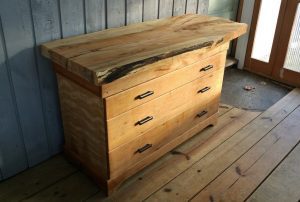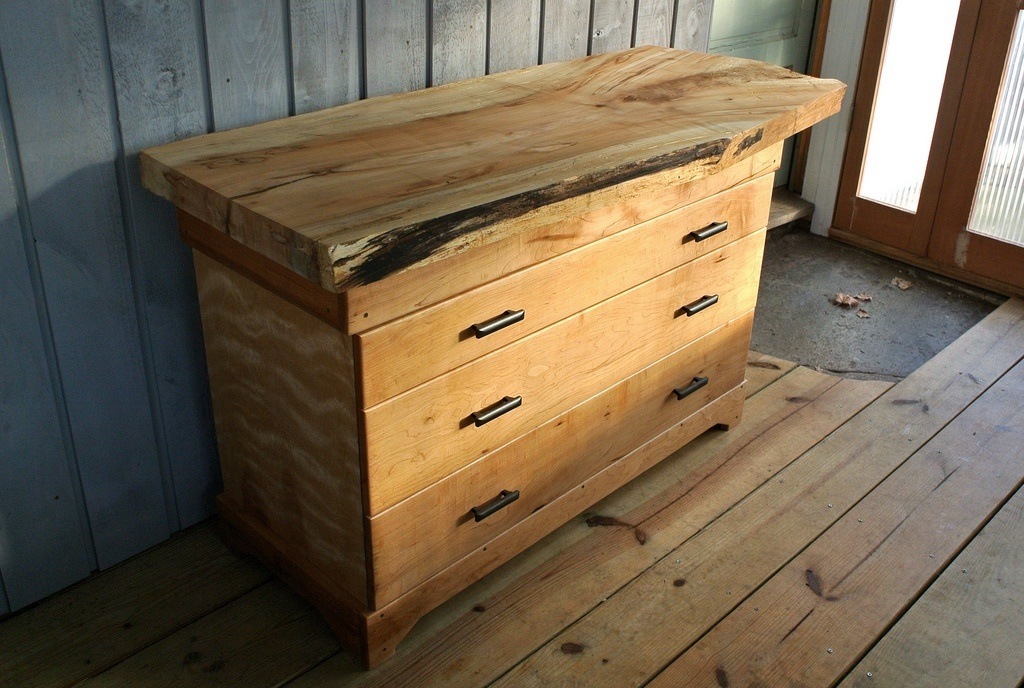Maple Plywood is a popular grade of hardwood for furniture-making projects and other purposes. This delicate, tight-grained wood species is exceptionally white and complex and quickly provides a smooth surface.
The wood species’ natural grain pattern is smooth and much more subtle than many other hardwoods and wood species, making it a popular choice for exemplary furniture projects online.
At the same length of time, the hardness, grain consistency, length, thickness, and ease of working make it very popular for more pedestrian uses, for projects such as bowling pins, drums, and butcher blocks.
Veneers and Cores
As with other hardwood plywood, Maple plywood is sold. Generally, Maple hardwood plywood is either veneered on one or both faces of plywood, with a lesser expensive hardwood plywood veneer core used. One face of plywood is considered the manufacturer or “good” face of plywood, intended for visible use.
The other face will be sold online at a lower grade and is left to be the interior of cabinets and doors. When buying Maple plywood, the online prices, rate, quality, status, quantity, side length, color, side length, thickness, and length will vary by manufacturer and refer to the grade of both faces and the same rate and status of the stock of the core type. The online prices will vary depending on these qualities’ stage grade and stock quantity.
Due to the popularity of Maple plywood, it is available with a variety of different cores. The most common cores available are the veneer core and fiber core. The fiber core is more easily machined and provides the best possible finish.
The veneer core face of veneer core used on Maple plywood panels is typically “plain sliced” This means that the veneer core surface is sliced from the veneer core face of the plywood log, much the same as boards are cut. This veneer core differs from how softwood plywood cabinets’ veneers are produced; they are almost exclusively rotary cut.
The easiest way to envision rotary cutting is to picture the sheet or log on a giant lathe and a knife peeling the sheet off the veneer much as paper towels come off the roll.
Plain slicing the veneer for Maple and other hardwood plywood is because it provides a much better grain pattern, which is more consistent with the appearance of wood planks.
The best grades of Maple plywood panels will have the face veneers applied “book matched,” providing the plywood panels the same appearance as being made of book-matched planks glued together. Lesser grades of maple plywood will not be book matched but slip-matched, with all the maple plywood side grain going in the same direction.
Types of Maple
 Ambrosia Maple Chest with Slabwood top, BobMacInnes
Ambrosia Maple Chest with Slabwood top, BobMacInnes
Some unique species and highly decorative variations in Maple plywood include Flame Maple, Quilt Maple, and Maple Burl. Although the cause of these variations is unknown and largely unpredictable, it is believed to come from introducing disease into the tree. These particular species’ features and variations are not found in wood species besides Maple plywood.
There is one variation of Maple that is found only in plywood and other veneers; that is “Birds-Eye Maple.” This variation resembles hundreds of small knotholes in plywood, about 1″ x 8/4″ x 8″ in length and diameter. They are not knotholes and do not weaken the wood at all. Therefore, they are not considered a defect in the wood.
It only appears when the veneer is rotary cut. Because of its many features, high beauty, and associated high cost, Birds-Eye Maple plywood is used only for exemplary furniture projects, not projects like Phenolic plywood furniture panels. Its price is not the same as the standard Maple plywood.
Due to Maple’s tight, smooth, consistent wood grain, it finishes exceptionally well. Sanding or scraping provides an extremely smooth surface without using wood grain fillers.
Stains applied to the plywood provide extremely even color, unlike woods with a more pronounced grain pattern. The grain of white plywood is slightly more visible but subdued if the wood is left unstained, varnished, or lacquered.




